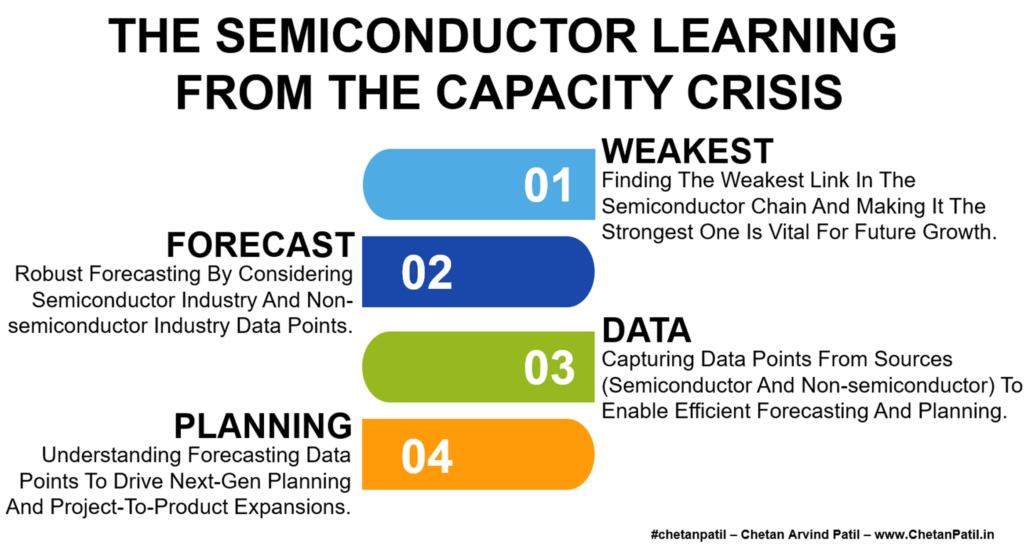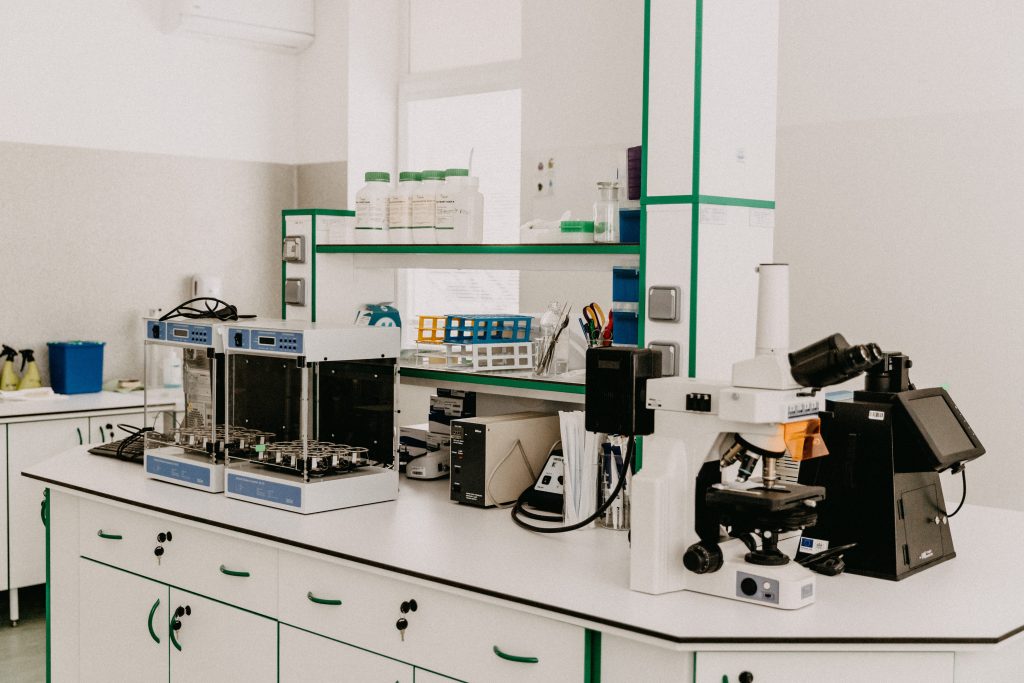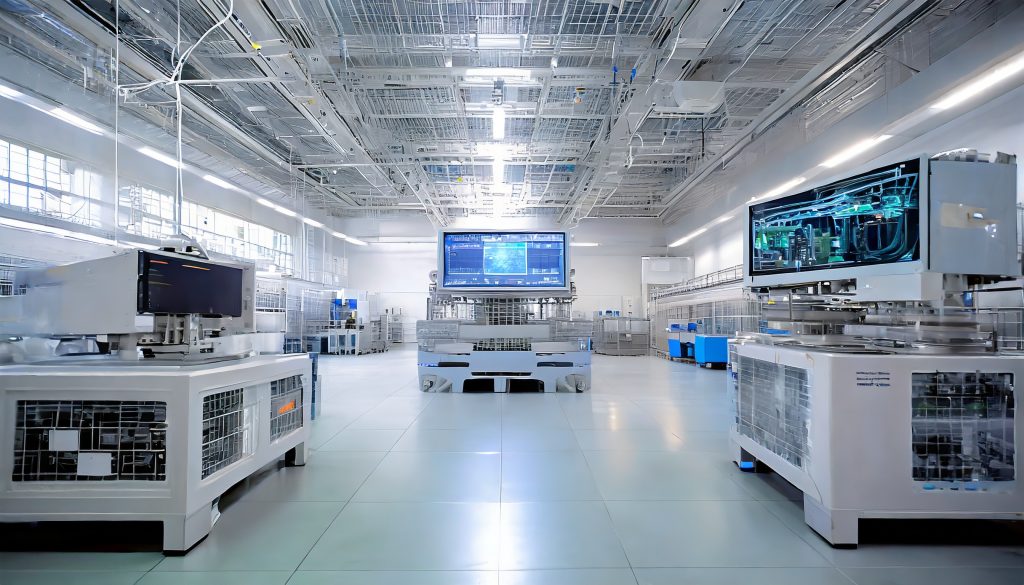Photo by Liam Briese on Unsplash
In the last two years, the semiconductor manufacturing capacity has seen all the ups and downs it could have. From rising silicon demand to overflowing orders to capacity crunch to building new futurist capacity, all of these in a short period. In the end, the semiconductor manufacturing enterprises could fulfill orders based but not without long cycle times.
The overflowing orders without the ability to cater to all requests in the standard cycle time have been a steep learning curve for semiconductor companies and semiconductor-dependent industries. This learning ranges from finding the weakest link to empowering better forecasts via data and planning.
Weakest: Finding the weakest link in the semiconductor chain and making it the strongest one is vital for future growth.
Forecast: Robust forecasting by considering semiconductor industry and non-semiconductor industry data points.
Focusing on the weakest link and planning is the key to leveraging time to prepare for future demands. Today, the weak link in semiconductor manufacturing is capacity. The semiconductor industry has started the journey to turn the weak link into the strongest one. However, the time taken to do so will be years (maybe decades), and till then the capacity constraints will exist.
Forecasting is another learning that the semiconductor capacity crunch has brought. No one saw the sudden spike in demand leading to the overflowing capacity request. Also, the forecasting (a big part of any manufacturing industry) for such scenarios was not realistic and should have considered several factors apart from what is relevant and not relevant to the semiconductor industry.

Finding the weakest link and enabling accurate forecasting requires data-driven planning. Semiconductor manufacturing capacity needs to consider different types of data points that come from the core semiconductor business but the happenings around the world and how they may or may not impact the semiconductor industry.
Considering different industry data points also empowers the semiconductor industry to plan based on where the market is heading and how situations like the pandemic positively or negatively impact it. It will surely enable more robust planning than ever.
Data: Capturing data points from sources (semiconductor and non-semiconductor) to enable efficient forecasting and planning.
Planning: Understanding forecasting data points to drive next-gen planning and project-to-product expansions.
Semiconductor manufacturing capacity planning is capital-intensive and time-demanding. It directly implies a robust strategy is needed to cater to different types of market demand. A data-driven approach helps create error-proof planning. Doing so also enables semiconductor manufacturers to balance next-gen solutions alongside customer needs driven by market requirements.
There are numerous lessons learned due to the semiconductor manufacturing capacity crisis. Out of all, finding the weakest link to enable robust forecasts by utilizing data to plan future execution are the four major course corrections the semiconductor industry needs to focus on to drive shortage-free future growth.




















